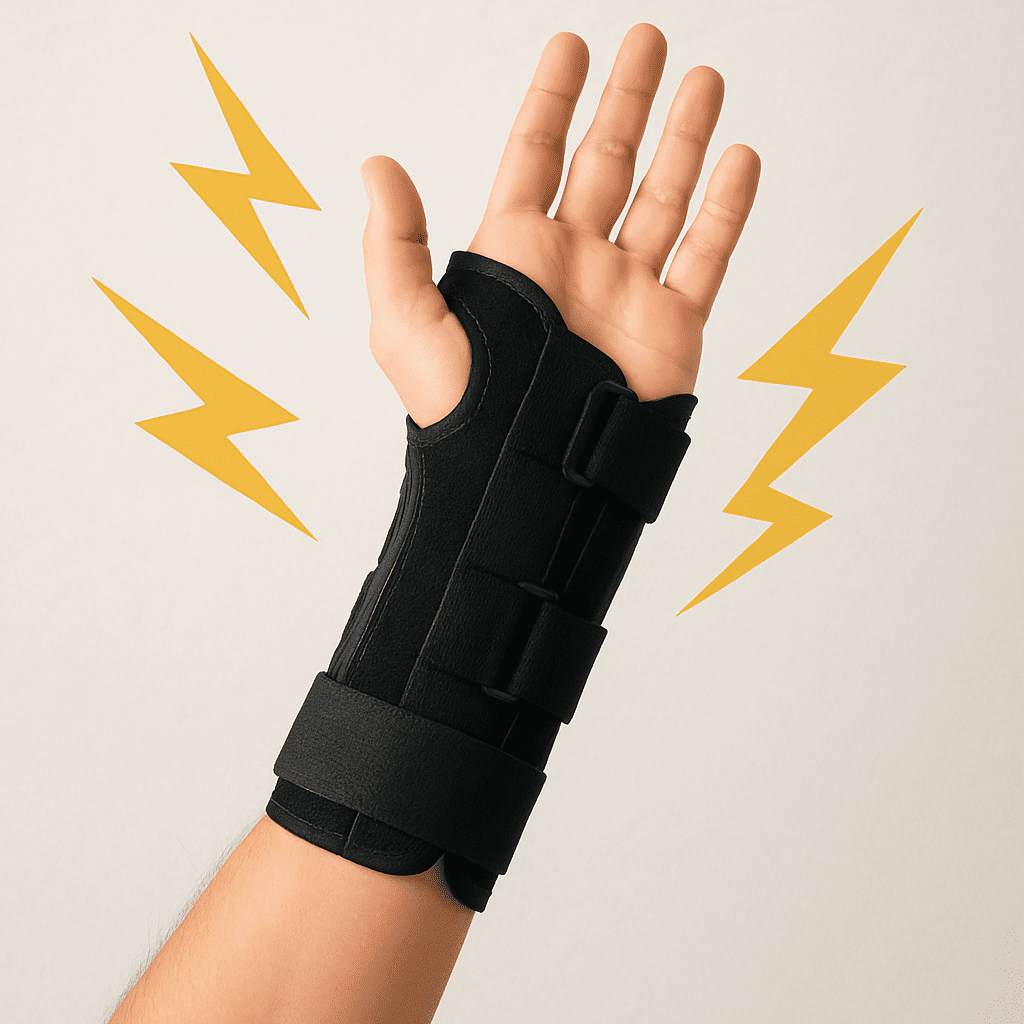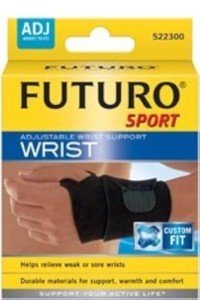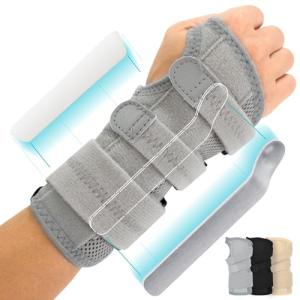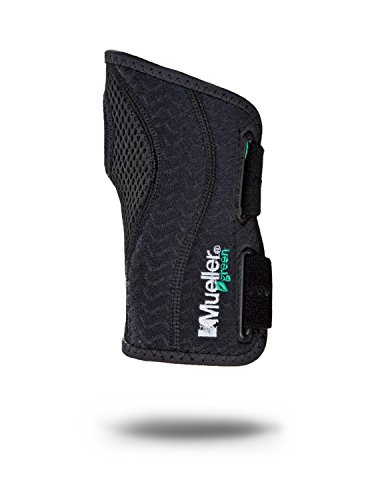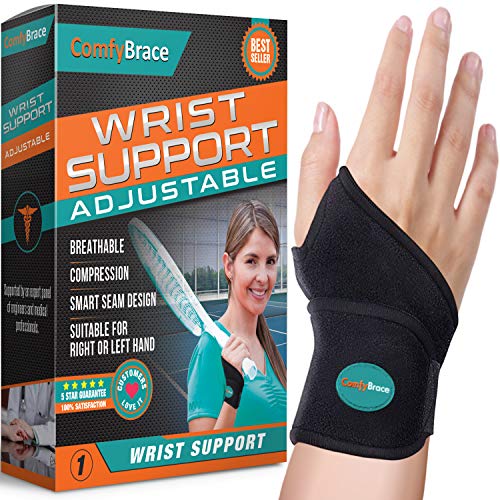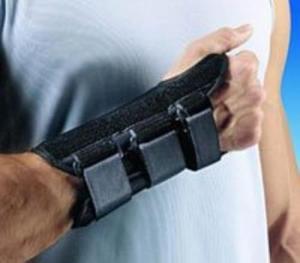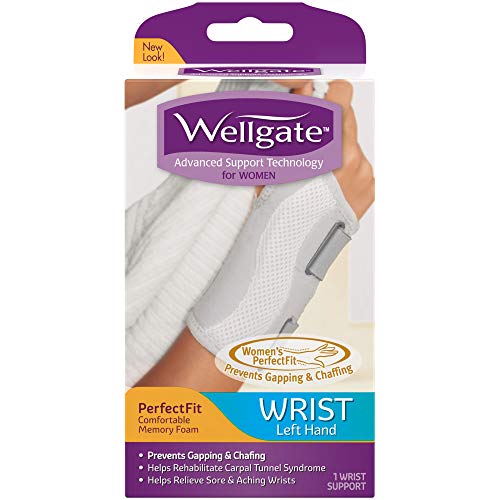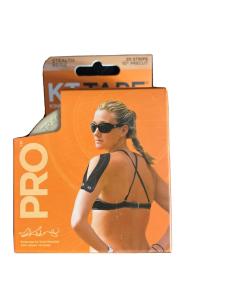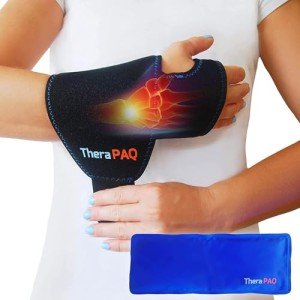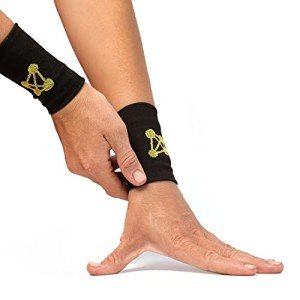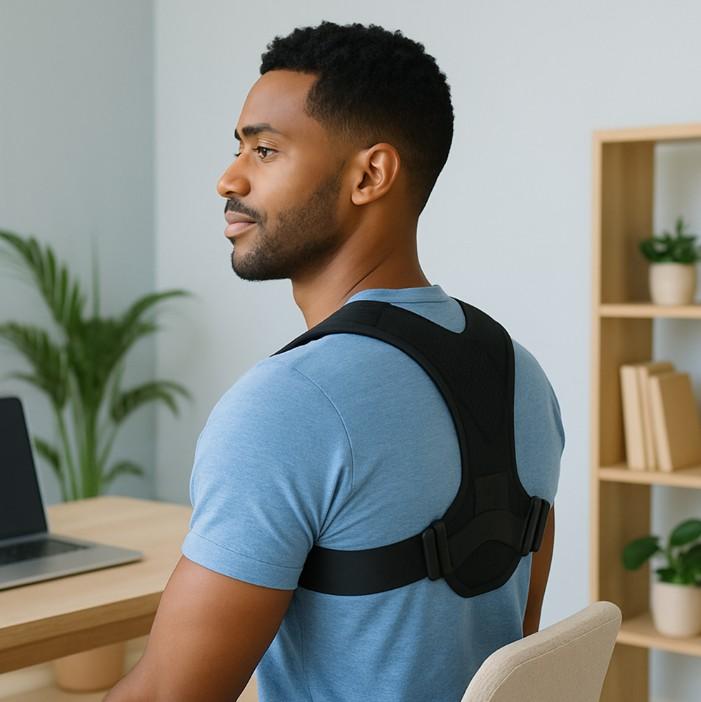Wrist braces are commonly used to support and stabilize the wrist joint, especially during recovery from injuries like carpal tunnel syndrome, tendinitis, or sprains. But what if you’re wearing a wrist brace and it’s actually making your pain worse?
It might feel counterintuitive—after all, wrist braces are supposed to help, not hurt. If you’re searching for answers to why a wrist brace is making pain worse, you’re not alone. In this post, we’ll dive deep into the most common reasons wrist braces can aggravate discomfort and what to do about it, including alternative products that may better suit your needs.
Common Reasons Your Wrist Brace Is Making Pain Worse
1. Wrong Fit or Size
One of the most common culprits is an ill-fitting brace. If the brace is too tight, it can compress nerves, restrict blood flow, and cause tingling, numbness, or increased pain. On the flip side, a brace that’s too loose won’t provide enough support and may cause your wrist to move in painful or harmful ways.
What to Do:
-
Measure your wrist before buying and check sizing charts carefully.
-
Opt for adjustable braces with multiple Velcro straps.
-
If swelling is present, consider re-sizing once the swelling subsides.
Product Recommendation:
👉 FUTURO Adjustable Wrist Support – Known for its customizable fit, it’s ideal if you're unsure about your exact size or have fluctuating swelling.
FUTURO Adjustable Sport Wrist Support
Get the perfect blend of comfort and support for your active lifestyle with this adjustable wrist support
Product information
$9.56
Product Review Score
4.6 out of 5 stars
137 reviewsProduct links
2. Wearing It Too Long
Wrist braces are typically meant for short-term use or for specific times, like during sleep or repetitive tasks. Wearing a brace all day, every day can lead to muscle atrophy (weakening) or joint stiffness, both of which can make pain worse over time.
What to Do:
-
Use the brace only during pain-triggering activities or when advised by a healthcare provider.
-
Give your wrist regular breaks from the brace.
-
Combine bracing with stretching and strengthening exercises.
Product Recommendation:
👉 Vive Wrist Brace (Removable Splint) – Easy to take on and off, this brace is perfect for intermittent wear throughout the day.
Vive Adjustable Carpal Tunnel Wrist Brace
Find relief and support for your wrist with this comfortable and adjustable brace designed to ease carpal tunnel symptoms
Product information
$14.99 $11.99
Product Review Score
4.98 out of 5 stars
104 reviewsProduct links
3. Incorrect Brace Type
There are different types of wrist braces—some are rigid, while others are flexible or semi-rigid. Using the wrong kind can exacerbate your condition. For example, a rigid brace might make tendinitis worse by limiting too much motion, while a soft brace might offer too little support for a sprain.
What to Do:
-
Identify your specific wrist condition (carpal tunnel, sprain, arthritis, etc.).
-
Consult a physical therapist or doctor about which type is best.
-
Look for braces specifically designed for your diagnosis.
Product Recommendation:
👉 Mueller Green Fitted Wrist Brace – Ideal for carpal tunnel syndrome, it offers a semi-rigid fit with breathable material for comfort and support.
Mueller Green Fitted Wrist Brace, Right, LG/XL 1 ea (Pack of 2)
Product information
$16.72 $16.69
Product Review Score
4.62 out of 5 stars
149 reviewsProduct links
4. Wearing It While Sleeping (When You Shouldn’t Be)
While many wrist conditions like carpal tunnel benefit from nighttime bracing, some conditions, like certain forms of arthritis or De Quervain’s tenosynovitis, may be worsened by wearing a brace overnight due to restricted movement or circulation.
What to Do:
-
Determine if your specific condition requires nighttime bracing.
-
Try sleep-specific wrist braces with more padding and gentle support.
-
Avoid braces with metal inserts or rigid splints if they cause pressure pain.
Product Recommendation:
👉 ComfyBrace Night Wrist Sleep Support Brace – Designed specifically for overnight use, it's padded and gentle while still providing effective support.
Comfy Brace Night Wrist Support
Get a Restful Night's Sleep with the Comfy Brace Night Wrist Support
Product information
$13.97
Product Review Score
4.73 out of 5 stars
72 reviewsProduct links
5. Material Sensitivity or Skin Reaction
Sometimes the pain isn't internal—it’s skin deep. Some people develop allergic reactions to neoprene or other materials used in wrist braces. Rashes, itching, and swelling can all increase discomfort and mask what you think is "brace pain."
What to Do:
-
Look for hypoallergenic or latex-free braces.
-
Try wearing a thin, breathable cotton wrist sleeve underneath the brace.
-
Keep the brace clean and dry.
Product Recommendation:
👉 DonJoy ComfortFORM Wrist Support Brace – Latex-free and made with breathable fabric, this brace is good for sensitive skin.
DonJoy Comfortform Medium Right Wrist Brace
Experience support and flexibility for your wrist with the DonJoy Comfortform Medium Right Wrist Brace
Product information
$14.83
Product Review Score
4.48 out of 5 stars
108 reviewsProduct links
6. Misalignment While Wearing the Brace
If a wrist brace is not positioned correctly, it may push your wrist into an unnatural alignment. This can put pressure on already inflamed nerves or soft tissue, worsening your condition.
What to Do:
-
Make sure the metal splint (if present) is aligned with the underside of your wrist.
-
Don’t over-tighten the brace, and ensure the wrist is in a neutral position.
-
Practice putting it on in front of a mirror or ask someone to check your fit.
Product Recommendation:
👉 Wellgate for Women Wrist Support – Designed to naturally conform to wrist anatomy and includes easy-fit guides.
Wellgate for Women, PerfectFit Wrist Brace for Wrist Support - Left
Product information
Product Review Score
4.68 out of 5 stars
220 reviewsProduct links
7. Unaddressed Underlying Condition
If your pain continues or worsens despite wearing a brace, it might not be the brace’s fault—but rather a sign of something more serious like a ligament tear, advanced arthritis, or nerve damage.
What to Do:
-
Consult a doctor for a full diagnostic evaluation, including imaging if needed.
-
Ask about physical therapy, occupational therapy, or alternative supports like kinesiology tape.
-
Don’t rely solely on a brace without medical guidance.
Product Recommendation:
👉 KT Tape Pro Elastic Kinesiology Tape – Ideal for support without restricting motion, especially if braces have failed to help.
KT Tape Pro Elastic Sports Tape - 20 Strips
Get the support you need for your workouts and everyday activities with this high-quality elastic sports tape
Product information
$11.50
Product Review Score
4.26 out of 5 stars
167 reviewsProduct links
How to Wear a Wrist Brace Properly
To minimize the chance of a wrist brace making your pain worse, here are some general guidelines to follow:
✅ Choose the Right Brace for Your Condition
-
Carpal tunnel → Neutral position splint
-
Tendinitis → Soft brace or kinesiology tape
-
Arthritis → Padded or flexible support
✅ Put It On Correctly
-
Keep the wrist in a neutral (straight) position
-
Tighten evenly; not too tight
-
Align any metal splint with your palm side
✅ Limit Use to Appropriate Times
-
During aggravating activities like typing or lifting
-
During sleep only if medically recommended
-
Not during stretching or strengthening exercises unless advised
✅ Monitor for Side Effects
-
Skin irritation, numbness, or worsening pain are red flags
-
Adjust or remove the brace immediately if these occur
Alternatives to Wrist Braces
If traditional wrist braces aren’t helping—or are making things worse—try one of these alternatives:
1. Kinesiology Tape
Provides dynamic support without the rigidity of a brace. Great for active individuals.
2. Ergonomic Aids
Keyboard rests, vertical mice, and ergonomic chairs reduce wrist strain during repetitive work.
Product Recommendation:
👉 Logitech MX Vertical Ergonomic Mouse – Reduces wrist pressure during long computer sessions.
Ergonomic Logitech MX Vertical Wireless Mouse
Say goodbye to wrist strain and hello to comfortable computing with this innovative ergonomic mouse
Product information
$119.99 $84.99
Product Review Score
4.93 out of 5 stars
218 reviewsProduct links
3. Heat or Cold Therapy
Some wrist pain is best managed with temperature-based treatments.
Product Recommendation:
👉 TheraPAQ Hot & Cold Wrist Wrap – Microwaveable and freezable for targeted therapy.
TheraPAQ Reusable Wrist Ice Pack Wrap
Find relief from pain and swollenness with this versatile and comfortable wrist ice pack wrap
Product information
Product Review Score
4.6 out of 5 stars
19 reviewsProduct links
4. Compression Sleeves
Useful for mild swelling or early-stage injuries, especially during athletic activity.
Product Recommendation:
👉 Copper Compression Recovery Wrist Sleeve – Provides gentle compression with copper-infused fabric.
CopperJoint Compression Wrist Sleeve for Support
Experience relief and support for your wrist with comfort that lasts all day
Product information
$15.88
Product Review Score
4.81 out of 5 stars
227 reviewsProduct links
When to See a Doctor
If your wrist pain is severe, persists for more than a week despite bracing, or is accompanied by symptoms like:
-
Swelling
-
Numbness or tingling
-
Limited range of motion
-
Pain that worsens at night
… then it’s time to consult a medical professional. A physical exam, X-rays, or nerve testing might reveal more than a brace alone can fix.
A wrist brace can be a great tool—but when used incorrectly or in the wrong situation, it might actually make pain worse. Don’t ignore the signals your body is giving you. Take the time to find the right type, fit, and usage strategy for your specific condition. With the right adjustments (and maybe a new product), you can get the support you need without the extra pain.
